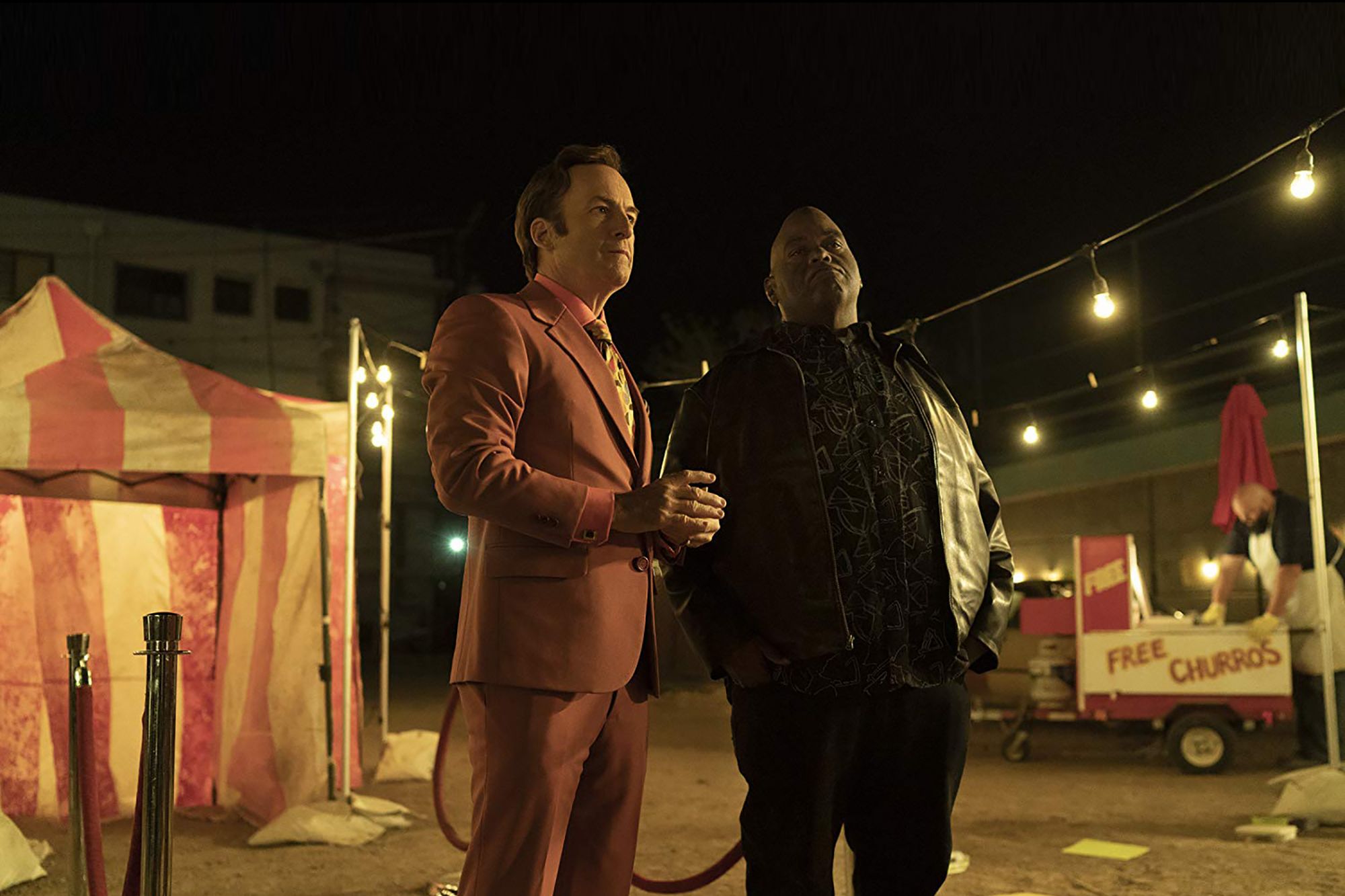Teaching 'Treps: Hard Market Experience And Real World Know-how Put To Use There is an old saying that "those who can't do, teach." This may have sprung from a frustration with teachers not having real world experience.
Opinions expressed by Entrepreneur contributors are their own.
You're reading Entrepreneur Middle East, an international franchise of Entrepreneur Media.

There is an old saying that "those who can't do, teach." This may have sprung from a frustration with teachers not having real world experience. This may be fine for a musician who isn't commercially sucessful- he or she can still completely teach music theory- but in the business world, I believe teaching theory without hands-on knowledge is akin to malpractice. My firm belief is that teachers are fooling themselves (and their students) by teaching a subject where they have limited practical experience.
I went and got an MBA, right after my bachelors degree, and I had no clue what my finance or accounting course was about because I had never encountered such things, and I really didn't understand the context. Doing business is not about theory; there are no theories that I know of other than "buy low, sell high". The real world is dynamic, and if I wanted to keep up and be of service to my students in teaching entrepreneurship, I had to leap right into the trenches myself. Certainly before I began teaching entrepreneurship, I had great business success while working for an internationally-known company at the cutting edge of information technology, and then transferring those same skills to business development in the emerging markets of post-Soviet Eastern Europe. When I began my career as a professor, I was teaching as I was taught, using textbooks and PowerPoint slides. I slowly realized that this was an ineffective and senseless way to conduct classes. For some reason, I expected that in an academic setting, students would retain a lot, but this can only happen if the instructor listens, inspires, clearly communicates, and respects their student body. Fortunately, I found that I was better at in-class exercises, leading discussions, and having students develop projects (including business plans), which led to better retention of taught material.
For me personally, the real light-bulb moment was when I attended Harvard in 2007 and met Karen Wilson of the European Forum for Entrepreneurship Research (EFER), whose mandate is to foster entrepreneurship education. It was there that I learned to use the case method in teaching as a way to study real world problems and solutions. I had always felt that business was not functional, but that it was interdisciplinary and that studying and discussing cases helps people understand this. When I ask my students on the first day of class what they want to do in five years, 60-80% respond that they want to be their own boss. I believe that students' lives will greatly be improved if they learn the true ins and outs of launching and running an innovative business, not just theories. In my time at Harvard, my worldview changed in respect to how best to fos- ter entrepreneurship, both as a teacher and as a mentor. While there, I also met Bert Twaalfhoven (now 85 years old and one of my personal heroes), who started EFER in 1987. His credo? "Learn. Earn. Return." He shared his own story: "How I lost $55 million with 54 startups." By offering his own lessons learned from 17 failures over the course of four decades, he showed me not only how to become a better teacher, but also demonstrated the importance of giving back. I think that the "'return'' part is very important, and I'm in that phase of my life both personally and professionally.
It is in the giving back that one of the greatest entrepreneurship lessons is learned. I have spent much of my life involved in the Scouting movement, where the key is learning by doing. I'm a big proponent of the master-apprentice principle, which is manifested in the teacher-student relationship and collaboration. This idea has worked for thousands of years with mentors and coaches helping young people grow to their greatest capacity. Many young people have a natural entrepreneurial spirit, with great ideas, great ambitions, and idealism. What they don't have is the network, the connecting-the-dots, the guidance, and the confidence to execute. I try to provide this in my classes so that their entrepreneurial spirit and idealism does not go to waste. As an instructor, I try to provide material that is relevant: how to network, how to engage with customers, how investments work, how not to give up, how to gauge the other person's strengths and weaknesses, how to get into someone else's shoes. The wonderful thing about being a teacher is that you learn as much or more from your students as they learn from you. Trying to be a better teacher led me to co-found the digital case model Experientia tool to teach entrepreneurship.Their questions pushed me back into an entrepreneurial role, so that I can garner more real-world experience to help them on their own entrepreneurial path.
Today's students follow entrepreneurs like my generation followed movie and rock stars; "treps have become household names just like athletes. I've seen students become entrepreneurs- they have a great sense of pride in their independence, making contributions to the economy and society at large, all the while earning money. I want to provide young people with exposure and hands-on experience on what happens in the real world, and I see my job as helping young people to become successful. Maybe one of my students will become the next Mark Zuckerberg or Steve Jobs? Just having students think in an entrepreneurial way is a success: seeking and seeing opportunities where others see failure, being autonomous, always trying to improve on the status quo, becoming more interesting, useful, and curious, talking and being around great people, being persistent and focused, solving problems and crises (sometimes even searching for them). This opportunity to be part of the process of helping to shape minds is why I teach entrepreneurship.












